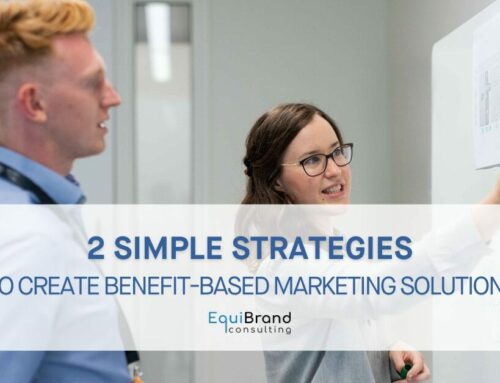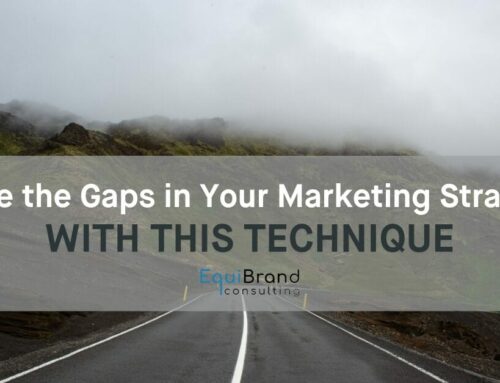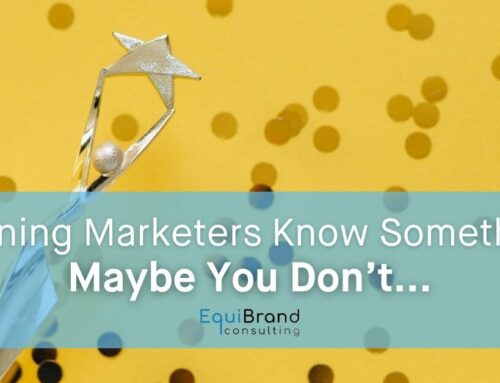 HubSpot is a leading marketing automation software provider that helps companies attract visitors, convert leads, and close customers. The company offers a number of potential benefits, including its all-in-one marketing and sales platform, a wealth of material on “inbound marketing,” and a free 30-day trial. If you’re unfamiliar with HubSpot, take a look at its website here.
HubSpot is a leading marketing automation software provider that helps companies attract visitors, convert leads, and close customers. The company offers a number of potential benefits, including its all-in-one marketing and sales platform, a wealth of material on “inbound marketing,” and a free 30-day trial. If you’re unfamiliar with HubSpot, take a look at its website here.
HubSpot has done a fantastic job marketing its services. In addition to their website, they support inbound.com a learning resource for small and medium businesses. While there are benefits to HubSpot, there are several things to consider before purchasing:
1. Digital marketing strategy should drive marketing software decision-making.
Who are your most important customers and how do they purchase? What do you want to accomplish with marketing – build awareness, acquire new customers, retain existing customers? Before deciding on marketing software, establish your digital marketing strategy. Ultimately, marketing automation software should support the marketing strategy and plan instead of the other way around.
For example, the HubSpot model uses a funnel approach, focused on uncovering and nurturing leads. Is this right for your business? Harvard Business Review’s classic article, Branding in the Digital Age, says the “funnel metaphor fails to capture the shifting nature of customer engagement.” While this approach may work for software and other industries, it may not fit with your business. Decide first how to grow your business, then determine the software and required support systems.
2. HubSpot software is not synonymous with Inbound Marketing.
HubSpot has done an excellent job associating its software with the concept of inbound marketing, which advocates getting found online vs. using outbound methods (like traditional advertising, etc.). Note three points considering HubSpot relative to inbound marketing:
- Inbound marketing is not required for business growth. While this may be obvious, it’s worth stating that many companies have developed strong, growing businesses without the benefit of inbound marketing. Inbound marketing is but one tool to consider in driving sales.
- A digital marketing hub is a necessary, though insufficient aspect of inbound marketing. The digital platform is one leg of a three-legged stool; the other two being 1) a digital marketing strategy and plan; and 2) content and community. One part of inbound marketing, without the others is a waste of time and money. Here’s an analogy: the marketing strategy and plan is the roadmap, HubSpot is the automobile and content (in the form of blogging and related activities) is the fuel. Take away the roadmap and fuel, and you’re left with a vehicle that won’t get you anywhere.
- Inbound marketing does not require using HubSpot or HubSpot competitors. Alternatives to HubSpot can be both more efficient and effective, as described next.
3. Technological advances are making “all-In-one” marketing software less attractive.
A key selling point of HubSpot and its competitors is their fully-integrated software platform vs. piecing together individual applications. So, a small or medium size business can focus on growing its business without a lot of added complexity.
Technological advances, however, have made it much easier to obtain “best of breed” software packages with only limited integration and at a lower cost than HubSpot. Three specific trends, when combined, make it easier to develop a digital marketing hub from scratch:
- Google and WordPress growing dominance. Combining just two software platforms 1) WordPress Content Management System (CMS) and blogging platform, with 2) Google Analytics, offers a strong foundation for establishing a digital marketing hub;
- Cloud Computing and WordPress Plugins. Layering on a few select applications (for SEO optimization, email integration, etc.) rounds out the digital hub
- Application Program Interface (API). The growing use of APIs allows individual software components to communicate with each other automatically
Developing and launching your own digital marketing hub with Google and WordPress at the center is not for everyone. Consider though, there are currently over 75 million WordPress sites in the world vs. fewer than 20,000 HubSpot customers at the beginning of 2017. Even with the rapid growth of HubSpot, this equates less than .001 % of the number of WordPress websites. And since its inception over 10 years ago, HubSpot remains unprofitable. The growing dominance of WordPress, Google and other digital hub marketing components should definitely be considered relative to pre-assembled software.
4. Recognize an “all in one” solution will have inherent tradeoffs.
HubSpot’s strategy is to make the whole greater than the sum of the parts. While there are benefits to preassembled software, there are limitations across individual applications. To understand these, compare HubSpot tools (e.g., blogging, email, analytics) vs. best-of-breed software providers. Also, check out the sample sites on HubSpot, created with its software. While improving, sites developed by HubSpot’s system tend to be text-heavy, lacking the emotional appeal of a strong, brand-driven site.
5. Firmly establish a content creation strategy and plan before purchasing HubSpot.
Having a dormant blog or social media program – with gaps of weeks, months, and longer between tweets or posts is all too common. To avoid this, you need to be clear about the “who, what, when and how” of content creation. This is perhaps the single biggest issue that dooms inbound marketing efforts.
Of course, this issue is not specific to HubSpot, as content creation is key to any inbound marketing effort. With HubSpot, though, you’ll continue to pay the monthly costs, even though the content may not be keeping pace. Carrying the above analogy a further, it’s like having to make monthly car payments, even though your car is not being driven.
The best way to protect against this is to create a minimum of three to six months of blogging content ahead of schedule. If you find this difficult to do, you may want to reevaluate the role of HubSpot and inbound marketing in your digital marketing strategy.
6. HubSpot monthly costs can add up very quickly.
HubSpot pricing is based on a a tiered system that begins at $2,400 a year for smaller companies, increasing from there, up to $35,000 or more per year, for larger enterprises. On top of this, HubSpot promotes the ability to “outsource your entire Inbound Marketing and HubSpot to certified experts.” While pricing varies, it’s conceivable that a company using HubSpot could pay $1,000 to $3000 per month in agency fees, on top of HubSpot software costs. Finally, don’t forget to multiply your annual costs by the number of years you’re planning to be in business, to get a true picture of HubSpot pricing over time.
7. Signing up with HubSpot will be a lot easier than leaving HubSpot.
HubSpot makes it very easy to get started with its platform, including its free 30-day trial, initial training session, and technical support in moving your website to HubSpot. Search the internet, though, on “leaving HubSpot” and you’ll see that process can be problematic. HubSpot’s proprietary platform, combined with its annual commitment, and limited company support in switching, should be considered before signing up. Ultimately, the best way to assess HubSpot pros and cons is to sign up for its free 30-day free trial, and weigh the experience vs. the points raised above.
WordPress as a HubSpot Alternative
In our experience, WordPress is often a better HubSpot alternative, once you cobble together certain free and low-cost plug-ins. In a follow-up post, we’ll show how, with a little forethought and effort, a strong digital marketing platform can be established using open-source WordPress. Comparing HubSpot vs. WordPress, you get a lower cost option, without giving up flexibility and control. Want to learn more? Click on the sign-up button below, and we’ll send the follow-up post automatically.





















Follow EquiBrand